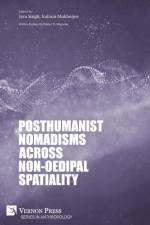av Bla¿ Baji¿
1 255,-
Sensory environmental relationships - understood as dynamic, embodied, and emplaced affective sensory perceptions in (and of) the environment - invite us to remember the past, infuse our experiences of the present, and entice us to imagine the future. Ethnographically specific, socially and culturally nuanced approaches to environmental relationships require considerable conceptual and practical flexibility and inventiveness. Reflecting this commitment, 'Sensory Environmental Relationships' aims to offer a new anthropological understanding of how, in our individual and collective lives, senses, places, and temporalities intersect. While anthropologists have been studying the sensory environmental relationships in connection to people's pasts and presents, futures remain conspicuously absent. By bringing different timeframes into the foreground of the analysis, this volume contributes to filling in the gap in our understanding of the human experience.The volume's ethnographically based contributions address the questions of how embodied and emplaced practices of sensing, while moving or staying in place in diverse environments, engender, inform, and affect the processes of remembering (and forgetting) the past, experiencing the present, and imagining the future. Drawing on the fields of environmental anthropology, sensory studies, studies of movement and mobility, memory studies, and other related (sub)disciplines, as well as diverse, epistemologically and methodologically experimental approaches, the volume explores the ways in which sensory environmental relationships "touch" upon our pasts, presents, and futures.


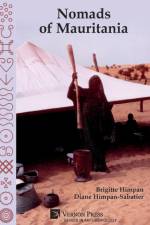


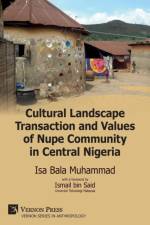
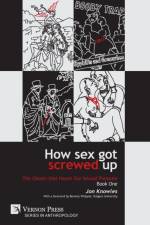
![Nomads of Mauritania [B&W] af Brigitte Himpan](https://cdnbackdoor.tales.as/thumbnail/150x225/00103/02147/cover.1567942265.jpg)
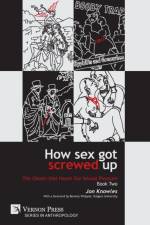
![Post-Industrial Precarity: New Ethnographies of Urban Lives in Uncertain Times [B&W] af Gillian Evans](https://cdnbackdoor.tales.as/thumbnail/150x225/00125/29784/cover.1598637027.jpg)

